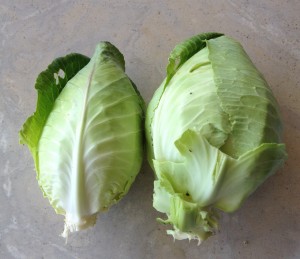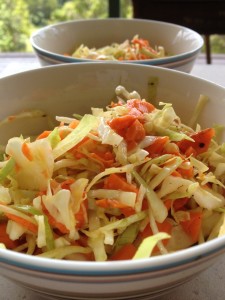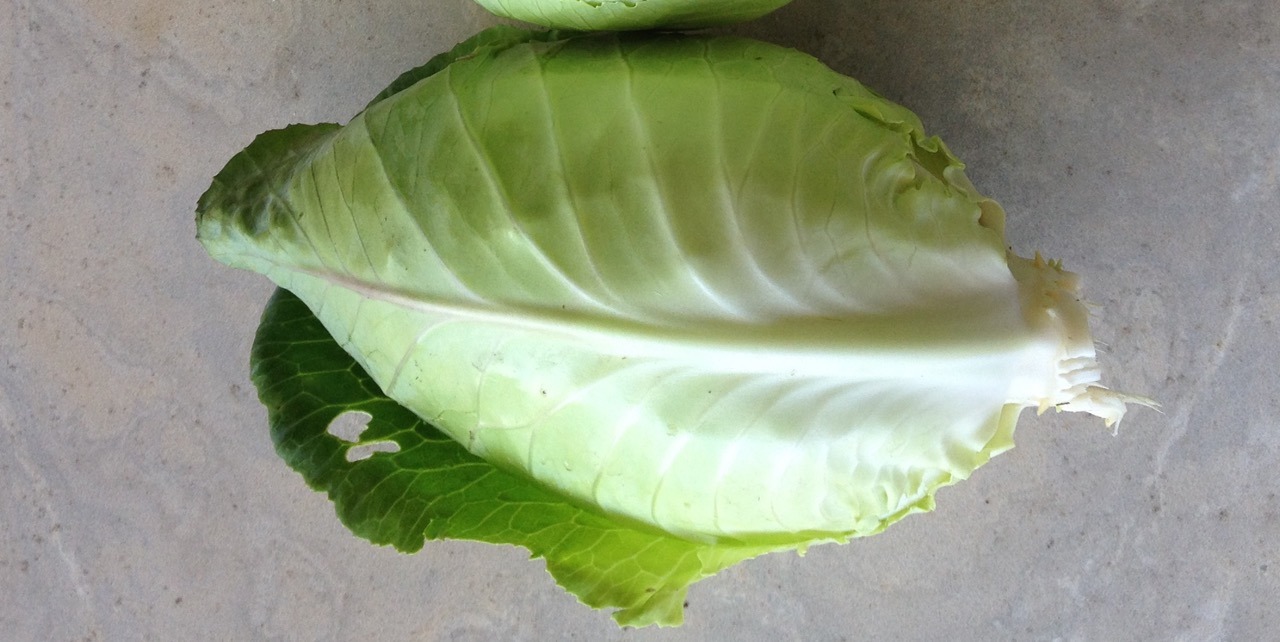It’s a warm climate for cabbages here, and I thought my first Winter crop had failed, but they’ve come good with the Spring sunshine.

I’m in the early phase here of trying out what will grow and learning what each crop needs in our conditions. This Winter I added cabbage to the mix. The cultivar I tried was ‘Early Jersey Wakefield’, an early maturing sugarloaf type.
Growing cabbage in the subtropics
The window for planting cabbages (and their relatives like broccoli and cauliflower) is narrow here; late Autumn and early Winter when the days are cooling but not too short, to take full advantage of the cool season. I sowed in seed trays to get them started in the cool shade house, and to give the beds the maximum time to settle down after digging over.
Cabbages and most other brassicas transplant well, so you can afford to let them grow to a good size before planting out.
The transplanted seedlings started well but then stalled through the end of Winter, looking good but not putting on new leaves or forming heads. I’m now suspecting that they were not limed enough. But lately they have come good, which did correspond to a rainy spell after I had scattered coarse lime on the bed surface. Whatever the reason, I have a few nice heads of cabbage coming.

For pests, they were minimally chewed by caterpillars, but not the dreaded cabbage whites. I sowed a row of land cress in between my cabbage rows, which is supposed to be a decoy for the butterflies. Whether it was the cress or the Winter season, cabbage whites didn’t make an appearance.
Good fresh cabbage makes great coleslaw, and I had baby carrots out of the garden too, so lunch was an easy choice.
So cabbages are back on the planting agenda for next Autumn, but this time in limed and well fertilised beds.

